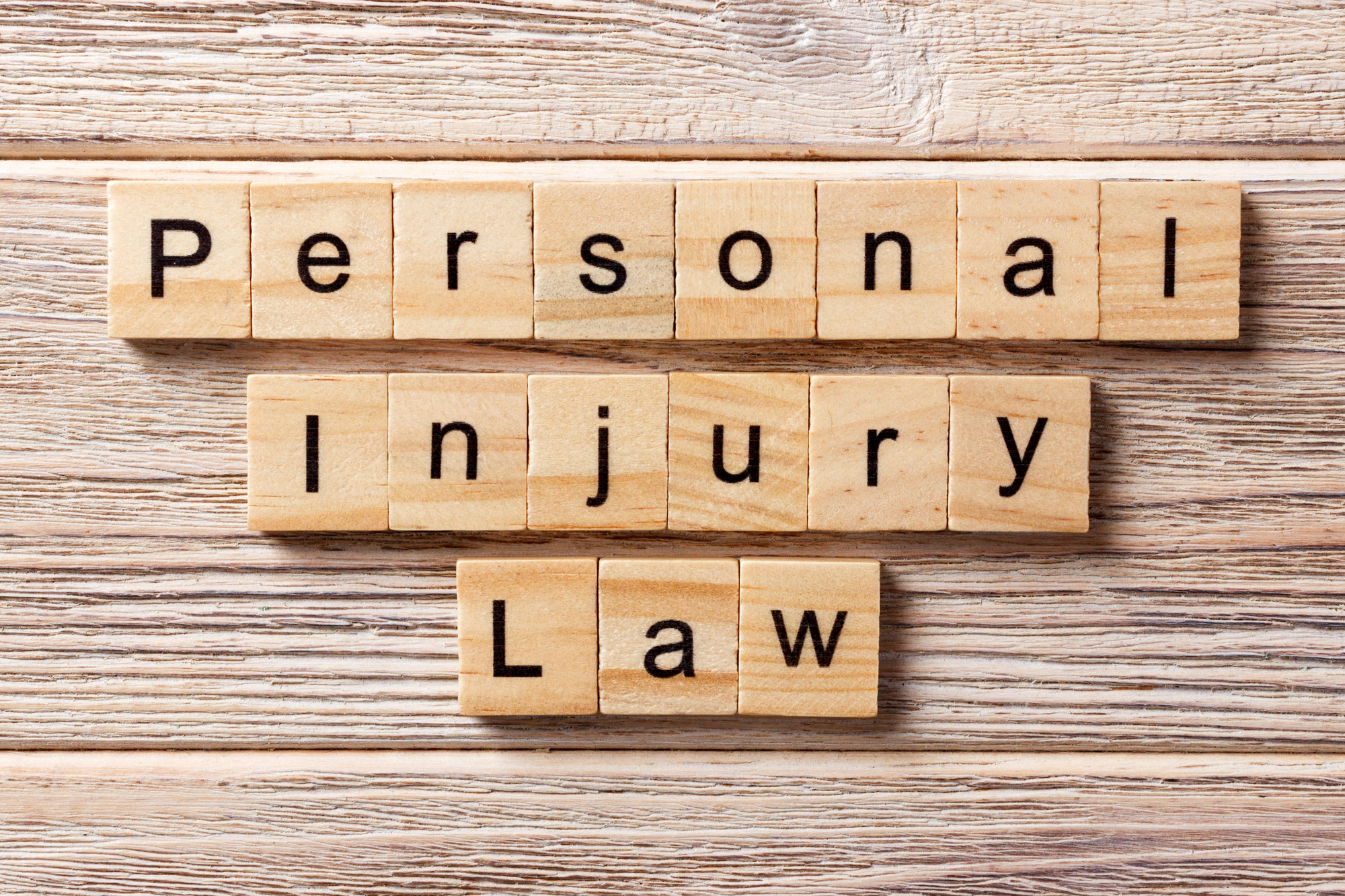
Personal injury claims cover a wide variety of accident-related injuries. The most common include car accidents, slip and fall accidents, and medical malpractice.
For many people, getting hurt in an accident leads to long-term financial strain. Filing a personal injury claim is the only way to ensure that financial justice is served.
The problem is that being injured in an accident isn’t enough to constitute a personal injury case, on its own. There are other factors you must be able to prove in order to receive compensation from the defendant.
Do you believe that you may have a personal injury case on your hands? Read on to find out what qualifies as a personal injury lawsuit and what steps you should take next.
Personal Injury Cases and Negligence
In order to file a personal injury claim, you have to have someone to file it against. While purposeful harm tends to fall under the category of criminal law, negligent harm falls under the category of civil law. You will need to be able to prove that there is an above 50% chance that the accident could have been prevented had the defendant not behaved negligently.
What does negligence mean in law? How do you demonstrate that someone behaved negligently and that their negligence constitutes a reason to sue? Let’s take a look at the four elements you’ll need to prove for your case to hold water.
Duty of Care
First, you must establish something called duty of care. Duty of care entails that the defendant was obligated to take reasonable steps or precautions with your safety into consideration.
For example, a doctor owes a patient duty of care when that patient comes in for an official appointment. Drivers owe everyone around them the duty of care when they make the choice to operate a vehicle.
Breached Duty of Care
Next, you must establish that the duty of care was breached by the defendant. In other words, you must show that when they behaved in a negligent manner, they disregarded their duty of care.
Let’s take the example of a doctor again. If a doctor is tasked with diagnosing a patient but doesn’t use reasonable methods to do so (ie looking at previous medical records or family history), they have breached their duty of care.
Accident-Related Injuries
Negligent behavior, alone, does not qualify for a personal injury claim. People often behave in negligent ways (such as looking at their passengers while driving) and don’t end up causing an accident. Furthermore, people may cause accidents that don’t result in injuries.
Thus, the next element you will need to prove is that the defendant’s behavior caused you direct harm by way of injuries. If a doctor’s careless misdiagnosis doesn’t result in worsened health, you don’t have a personal injury claim. If a doctor’s careless misdiagnosis does result in undue suffering, then you likely do.
Accident-Related Financial Strain
In civil court, you are seeking financial justice. That means that you will need to establish that all of the above elements led to financial strain. This can include medical bills and medical debt, lost income, property damage, and additional damages related to suffering.
The Statute of Limitations on Personal Injury Claims
Another thing that you will need to keep in mind is that there is a statute of limitations on personal injury claims. If all of the above elements align with an incident that happened ten years ago, your case will not qualify in court. You must file a personal injury claim within a designated window of time.
Statutes of limitations vary from state to state. The statute of limitations on personal injury claims tends to fall between two and six years, two being the most common.
When does the clock start ticking? In most states, the clock starts ticking when the accident occurred or when you were reasonably able to identify the resulting injuries.
The Types of Evidence Used for Personal Injury Claims
Remember, the burden of proof will fall on you when filing a personal injury claim. For best results, you should always start by hiring a lawyer such as the personal injury attorney Ramtin Sadighim to help you put together and win your case.
Personal injury claims tend to rely on a combination of records and witnesses to establish the facts. This may include:
- photos and/or videos of the scene of the accident
- police reports
- expert witness testimony from an accident reconstructionist
- eye witness testimony
- additional expert witness testimony establishing reasonable care
- medical bills
- medical records including professional statements about potential future care
- paystubs establishing lost income
- property damage-related receipts
Depending on the nature of your case, you may not need all of these types of evidence or you may need more than what we’ve included here. By working with a lawyer, you can ensure that all of your bases will be covered as they advise you on what types of evidence to compile.
Remember that the defense will also be seeking evidence of their own. Never talk to the defense or their attorneys without your own attorney present. Always ask your attorney before handing over any information to the defense.
Hire a Good Lawyer to Fight (and Win) Your Personal Injury Lawsuit
If you think that you have a personal injury lawsuit on your hands, it’s time to act fast. To give yourself a fighting chance, make sure that you work with an experienced attorney. Even in civil law, defending yourself is never the best move.
Trying to rebuild your life after an accident isn’t the easiest thing to do. For more guides that will help you to navigate everything from finding a new job to managing your mental health, take a look around.





